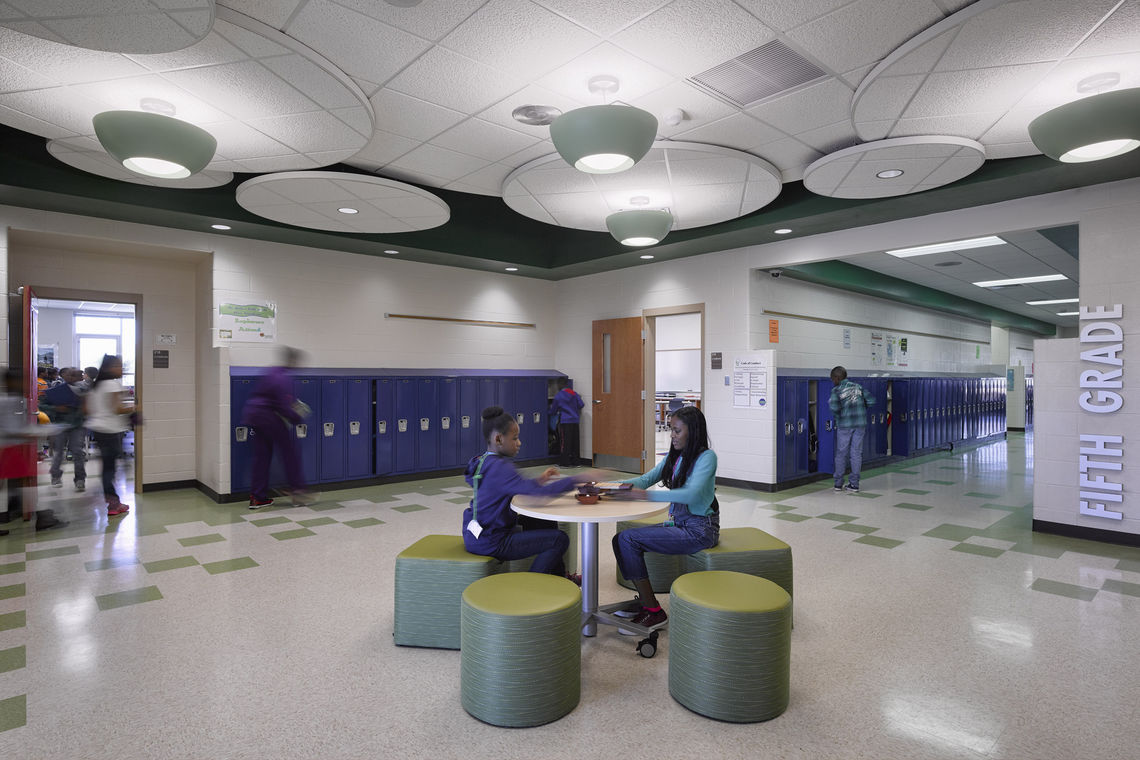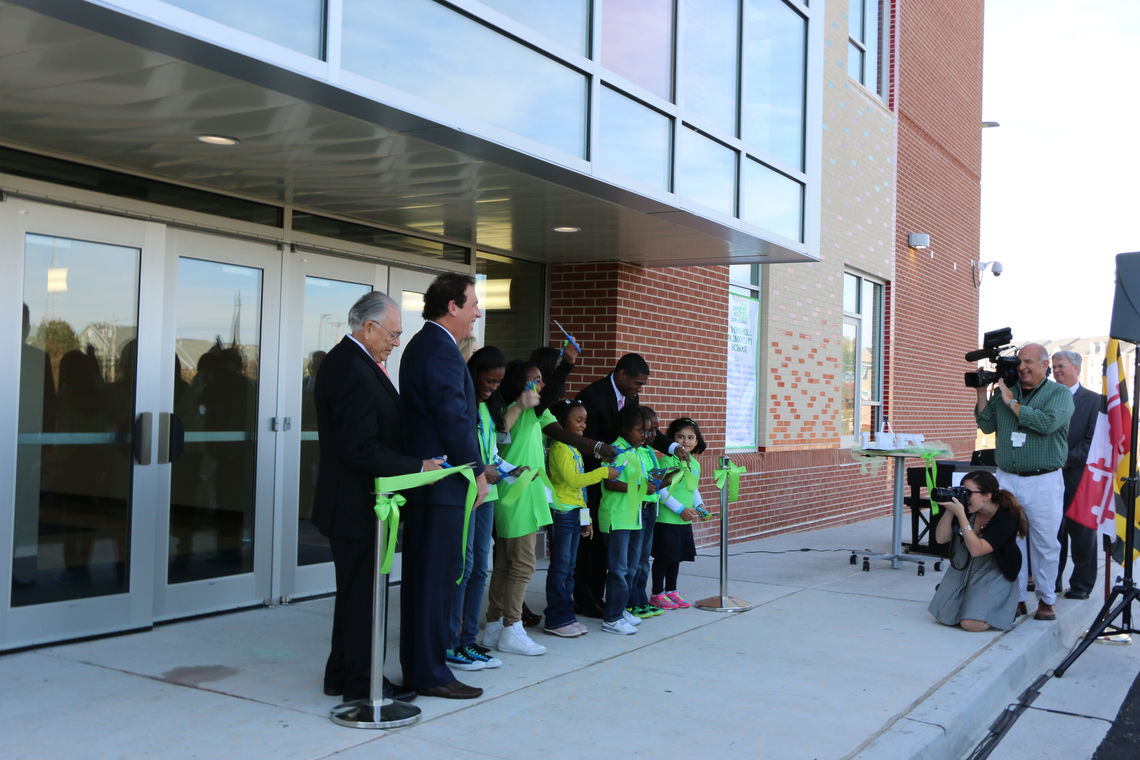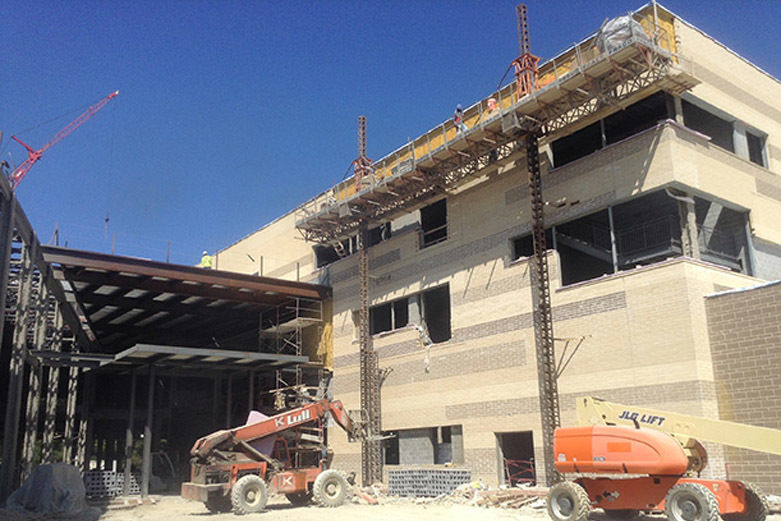When Baltimore County Public Schools (BCPS) decided to construct a new building to join Dundalk and Sollers Point High Schools, the communities worried about the preservation of the schools’ history as well as the surrounding neighborhoods.
To commemorate and engage the community, Exhibit Designer David Lenk designed displays that tell the story of Dundalk and Turner Station and provide an historical context for students. Speaking with David, he expressed his excitement regarding this unique concept.
Have you ever worked on a project putting exhibits in a school before?
No, nearly all of my work has been for public or private institutional clients. This was a first for me and a unique experience!
Do you know of any other schools that include exhibits for the community in them?
Other than the ubiquitous massing of athletic trophies and such—no. If anything like this has been done before, I am not aware of it. Nor have I seen anything remotely like this in the portfolios of interpretive design firms either.
How was working on this project different than working with a more traditional museum client?
Well, for one thing, I felt there were really several clients—BCPS of course, GWWO, and most critically, the communities of Dundalk and Turner Station. After all, I was being tasked with keeping the promise made to them by BCPS to in some way honor community history and culture in exchange for both groups accepting the changes being asked of them. I felt that if I could satisfy the needs and expectations of these two constituents, everything else would fall into place. It appears that this is exactly what transpired.
The long timeframe of the project presented challenges from a design point of view. For example, the lobby display cases had to be designed many, many months before I could see what was going inside. However, the support I received from Terry Squyres and the rest of the GWWO team made things much easier and the occasional fits and starts bearable—even pleasant.
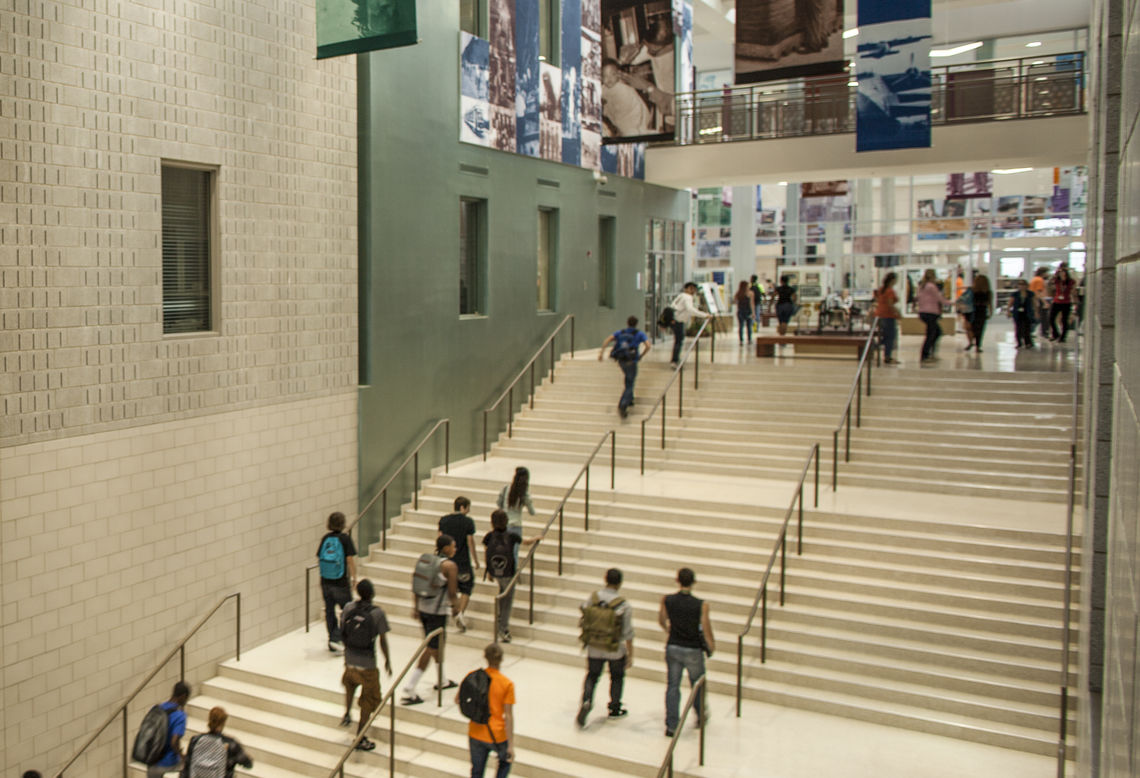
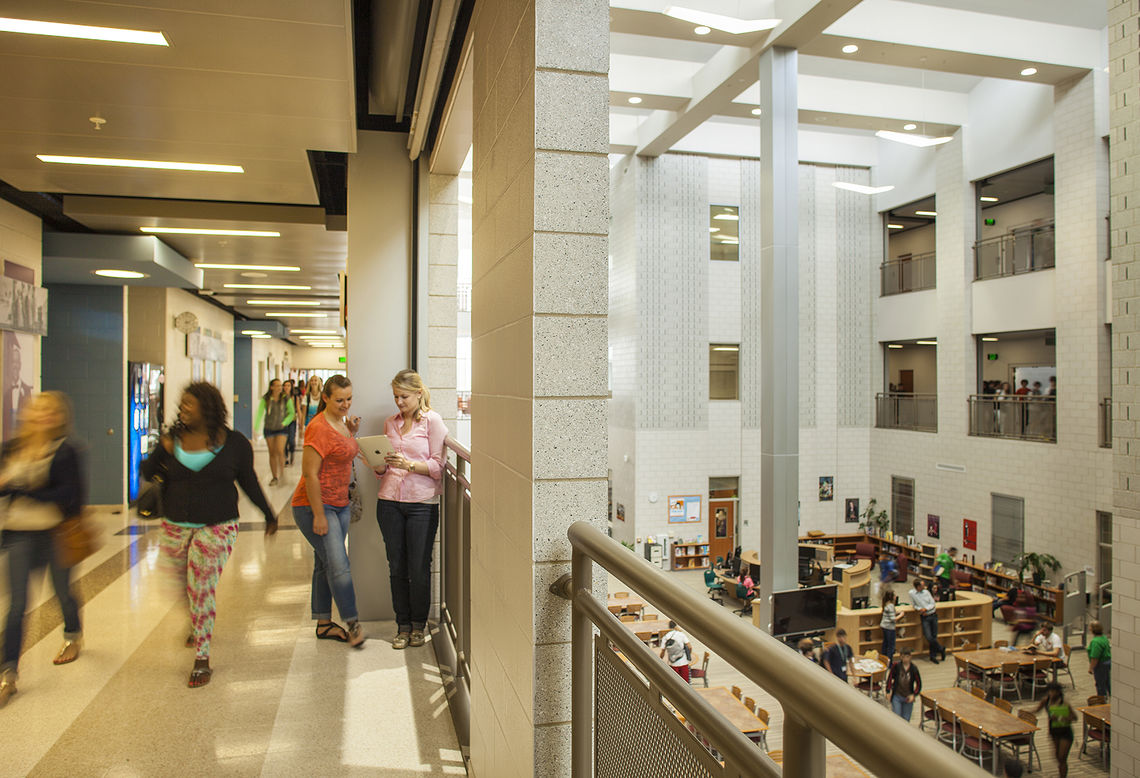
What is your favorite part of the building?
Despite the great length and mass of the structure, the lobby seems to illuminate the entire space. One can look down the central axis of both schools and experience the light and sense of openness that the lobby brings. This feature is what in my view, makes the building stand out as a fine piece of public architecture.
And of the exhibits?
People enter the lobby and seem transfixed by the semi-transparent images of industries and individuals on the glass wall that divides the cafeteria from the lobby. It reminds me of stained glass windows in a church.
But it is the images and stories that make up the “People and Communities” feature that I favor the most. These stories convey the true spirit of both Dundalk and Turner Station—honest messages conveyed by personal examples about the value of work, faith, and drive for personal excellence and community service that move me even now.
In closing, David commented that he “tried to convey that though this is a brand new building, both schools enjoy a rich heritage, a reflection of the deep industrial history shared by both communities. If a personal sense of this shared history is conveyed, I will consider the exhibit portion of this project a success.”
David Lenk has over twenty years of experience with the development and creation of interpretive exhibits. He specializes in exhibit design, content development for interpretive museum exhibits, conceptual design, research and script development and artifact case planning and layout. His current projects include concept planning for a new series of history exhibits in West Virginia and a series of new exhibits for the Louisiana Rural Life Museum in Baton Rouge.


